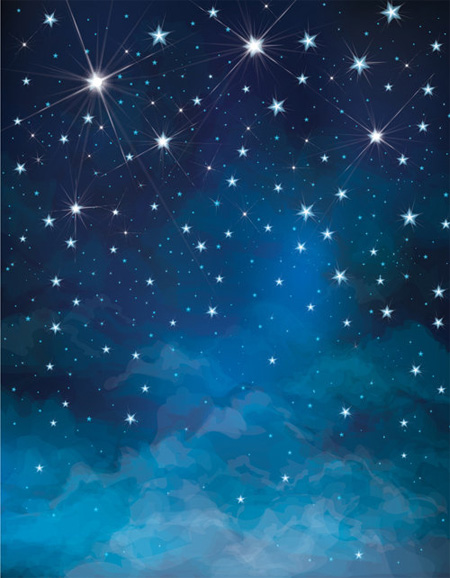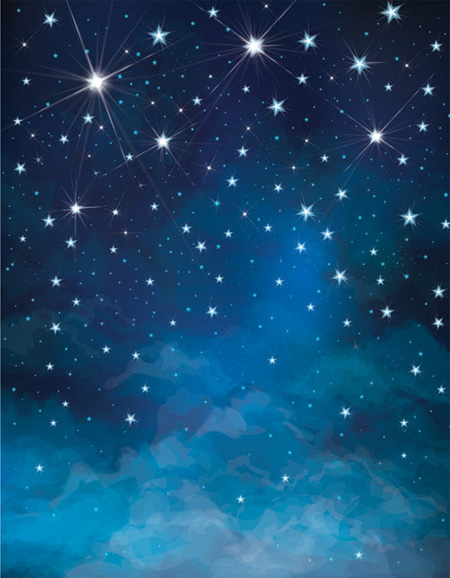 One man’s light pollution is another man’s feeling of security. Indeed, the definition of “light pollution” can be subjective, but there are metrics to quantify it, as Bob Parks of the Smart Outdoor Lighting Alliance, pointed out at the LEDucation 10 conference in March, during a presentation entitled “Measuring Light Pollution-How New Technology is Making It Possible.”
One man’s light pollution is another man’s feeling of security. Indeed, the definition of “light pollution” can be subjective, but there are metrics to quantify it, as Bob Parks of the Smart Outdoor Lighting Alliance, pointed out at the LEDucation 10 conference in March, during a presentation entitled “Measuring Light Pollution-How New Technology is Making It Possible.”
Parks drew a comparison to the prevalence of air and water pollution in the 1960s. By the ’70s, however, legislation had been adopted to eradicate it. “We’re at that point with now with light pollution.” We’re seeing the ecological impact of light pollution, he adds, and the research is such that we can address it.
The methodology for measuring light pollution is through images taken by cameras in a plane or by satellites in space. The metrics include the well-established one-to-nine Bortle Scale, and a new measurement used by the National Park Service known as the “Sky Quality Index.” The SQI relies on a calibrated photometer to measure luminance and uses the natural sky as a basis. The scale is 0-100, with 100 the best.
While the SQI offers promise to dark-sky proponents hoping to quantify light pollution (defined as sky glow, glare and light trespass), challenges persist. “Does the public care enough to curb light pollution?” ask Parks. “The public has always equated more lighting with safety.” As for better source technology, the irony is that “historically, every increase in efficacy has resulted in more lumens, not energy savings.”

